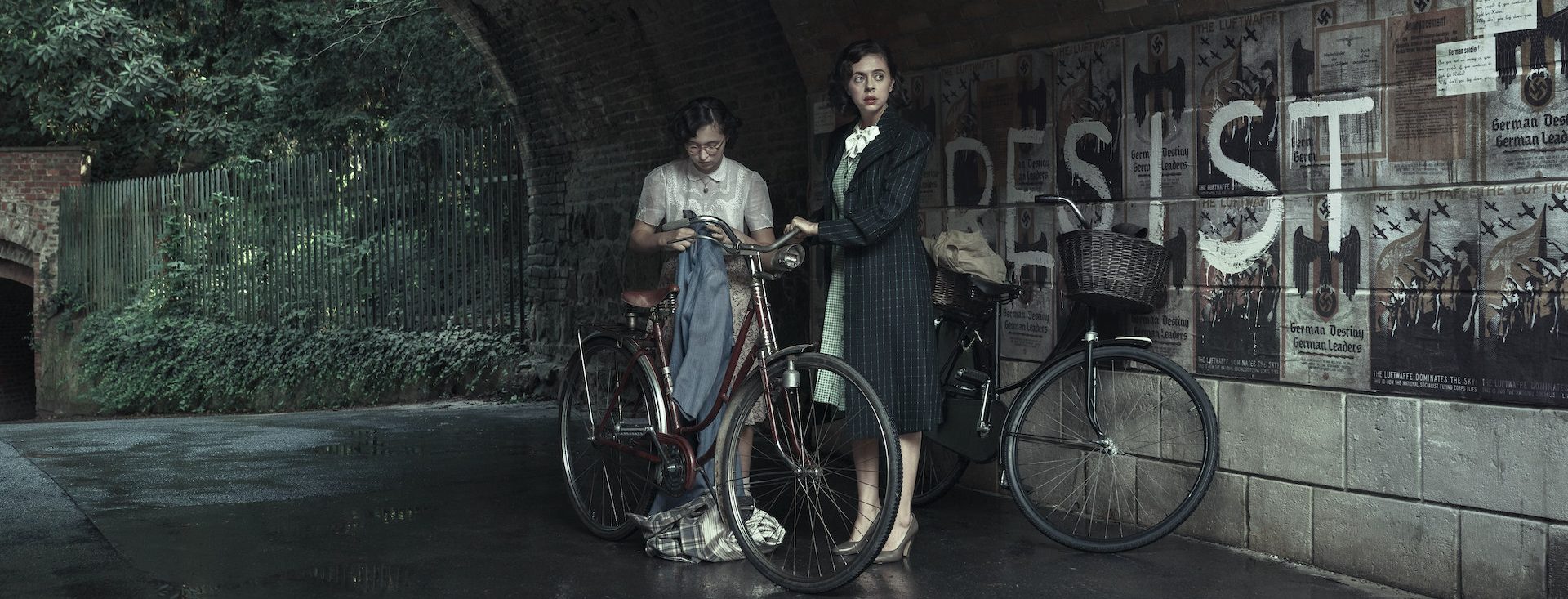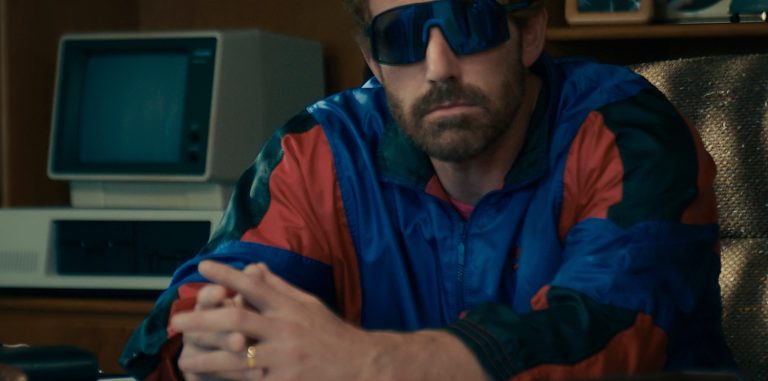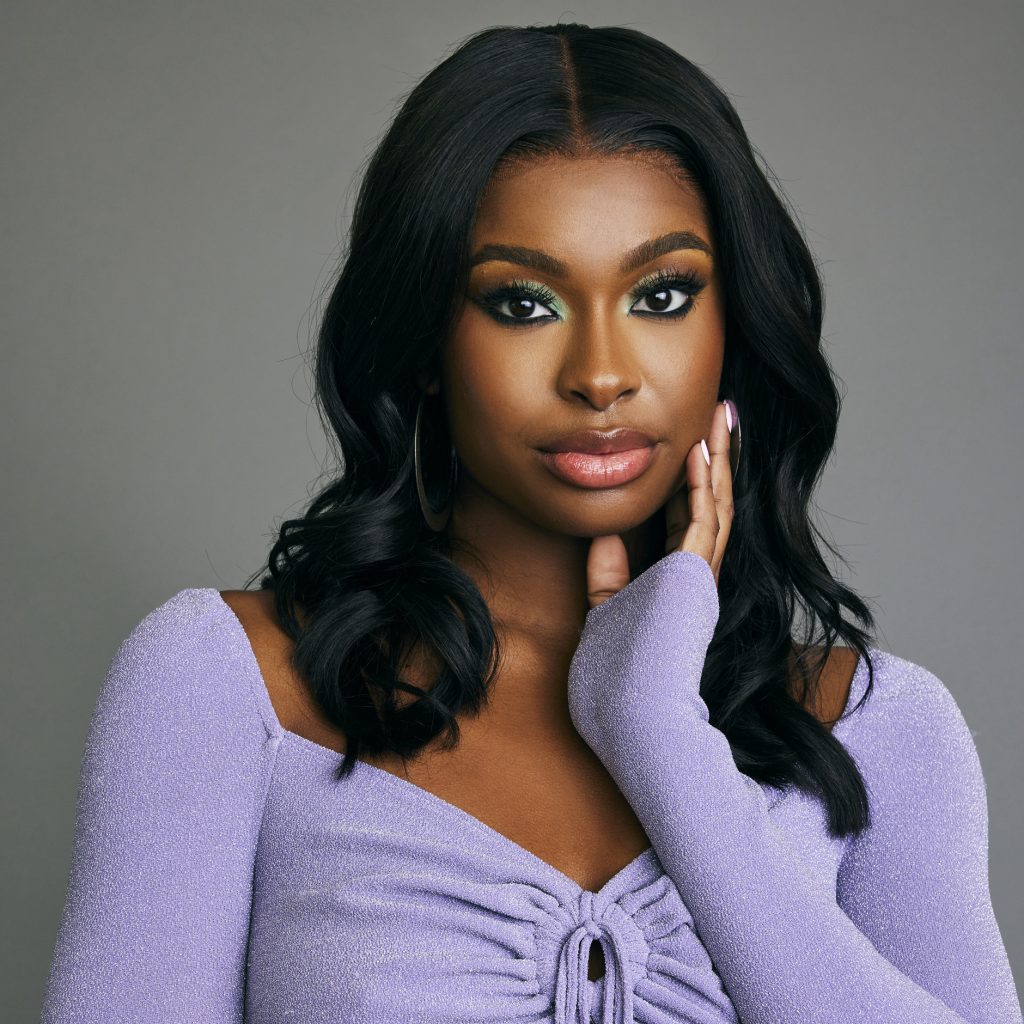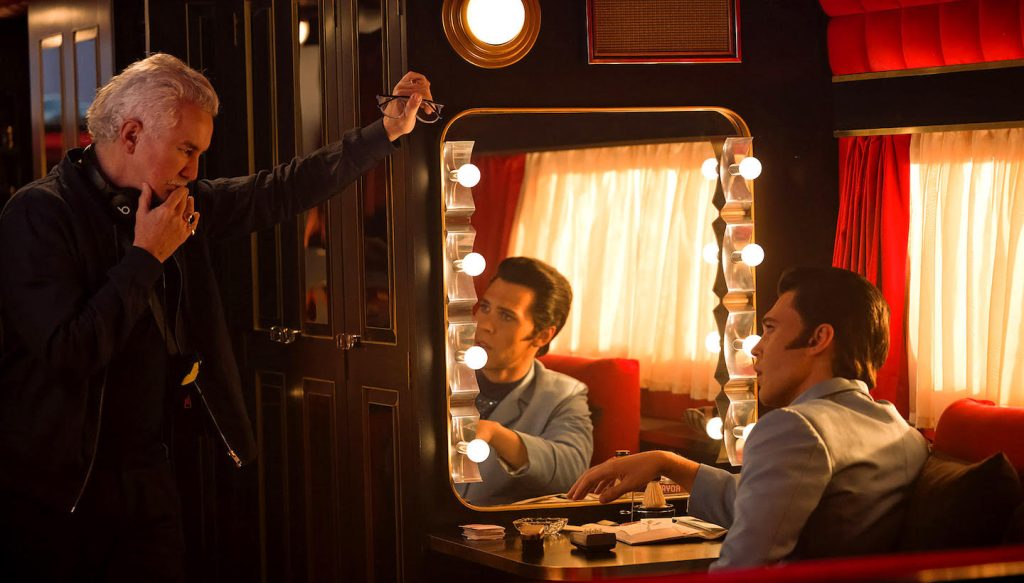
‘A Small Light’ Producer Este Haim Shares the Classic Songs That Inspired the Star-Studded Soundtrack
Yesterday marked the premiere of A Small Light, a new limited series on National Geographic that tells the story of Miep Gies, the fearless heroine who helped protect Anne Frank and her family from the Nazis during World War II.
A Small Light brings plenty of star power to the screen, with a standout cast including Bel Powley, Liev Schreiber, and Joe Cole. But the show’s original soundtrack is equally as impressive.
Ariel Marx (American Horror Story, Candy, Sanctuary) served as composer for the soundtrack’s original score, while Este Haim (of HAIM) assumed production duties for the star-studded covers featured in the show.
Drawing from some of the biggest hits of the ’30s and ’40s, Este worked closely with artists like Kamasi Washington, Sharon Van Etten, Remi Wolf, Angel Olsen, Moses Sumney, Orville Peck, Weyes Blood, King Princess, and Danielle Haim to reimagine some of the era’s classics for today’s music and TV lovers. On May 5, the first pair of covers from A Small Light will be released on Spotify, and every Tuesday through May 23, the remaining covers will be released following their appearance on the show. In addition, Ariel’s score will be released on May 19.
Este and Ariel also joined forces to create a companion playlist featuring the music that inspired their work on A Small Light. Ranging from early-20th-century hits by Charlie Parker, Ella Fitzgerald, and Edith Piaf to more recent gems by Tom Waits and Andrew Bird, these songs helped inform the soundtrack’s distinct blend of past and present sounds.
For the Record sat down with Este and Ariel to learn more about A Small Light and their creative approaches to the soundtrack, as well as the standout moments they experienced along the way.
What initially excited you about working on this project?
Este: I signed on for a multitude of reasons, including the fact that I got to play curator. It was basically my dream dinner party list of artists who I wanted to hang out with and become friends with . . . which I did.
I also think that A Small Light’s story hits close to home for me and is one that needs to be told. As a Jewish woman who was obsessed with Anne Frank as a kid (and who literally thought that she was Anne Frank when she was eight years old), I always felt a kinship to her.
How did the artists featured on your playlist inspire the soundtrack?
Este: As I researched music for the soundtrack, I found myself gravitating toward artists like The Andrews Sisters and The Ink Spots that my Bubby Blanche would play on the family’s old Victrola when I was a kid. And after seeing all of A Small Light, it was clear the music had to reflect not only the actors’ brilliant performances, but also Miep’s resilience and strength.
So when I was asked to find artists to perform covers of these amazing songs, it was important that they could handle this sort of material and truly communicate the feeling of the song. Thankfully, every artist I asked to be a part of the project agreed and was just as excited as I was to delve into this material.
Ariel: While finding my way into the palette of the score, I was definitely drawn to the popular music of the time—like Benny Goodman and Duke Ellington—as a jumping off point, but in an effort to modernize and embody Miep’s soul, I was most influenced by contemporary artists who live between the lines of jazz, folk, experimentalism—like Tom Waits and Andrew Bird.
Each of these artists find haunting beauty in their charming playfulness and imperfection. These small ensembles feel as powerful as any orchestra or big band. This intimate, resourceful, lively, virtuosic yet accessible aesthetic felt most appropriate to underscore Miep’s world.
What were your respective creative approaches for this soundtrack?
Este: I spent a lot of time listening to playlists and looking at old Top 10 charts that weren’t just from America, but from all over the world. And I actually went further back than the 1940s. There’s actually a song in the in the pilot called “Til We Meet Again” that was originally written in the middle of World War I. And even if it’s from a different era, the subject matter is pretty much the same. It’s like, “You’re leaving, and I don’t know when I’m going to see you again.”
It was just really fun to kind of rediscover these songs and try to figure out exactly how I wanted to reimagine them. And the goal was to update these songs but still retain a classic feel that stands the test of time. The songs from that era quintessentially feel like they’re from that era. They use different words. The vocabulary is very much from the ’30s and ’40s. But still, I wanted to balance the sweetness of some of these songs with grittier sonics. So, while I might’ve used instruments like the harp, I also included some electric guitar on the sly. Mostly, I stuck very closely to organic instruments, as opposed to inorganic instruments. The idea was to elevate them and make them sound modern.
Ariel: Like the covers, the score doesn’t attempt to reinvent the wheel too much. This is a show about an ordinary woman doing extraordinary things, so the music couldn’t overpower her and her spirit in that way.
My approach definitely focused less on channeling the past and more on incorporating a contemporary sound. We didn’t want it to feel like it was from the ’30s or the ’40s, but we also didn’t want it to feel anachronistic and pull viewers out of the story. So, while I was inspired by certain techniques from the ’40s like jazz voicings and improvisation, there’s a lot of classical minimalism, avant-garde tension, and electronic influence in the music.
Are there any parallels you notice between music from the ’30s and ’40s, and music now?
Este: I feel there’s an irreverence in pop music now that was kind of happening in the ’40s with jazz. I think especially with women in the rock community, which I’m proud to be a part of, there is kind of a fearlessness we’re feeling. And I think that a lot of jazz musicians were feeling that way in the ’30s and ’40s, and especially postwar. And now, there’s this post-COVID surge of energy, and wanting to live life after everything we’ve experienced the last few years. And I can’t help but think that there was probably a lot of that in the ’40s coming out of the war.
Ariel: I think to Este’s point, one thing the war did was consolidate ensembles like a big band. Those weren’t in the cards as much anymore. So musicians had to make do with rationing music, having small ensembles, and figuring out how to bring the same sort of energy and brightness and melody. And I think that also ties so much into the theme of the story, too—just making the most of what you have.
Were there any standout moments while working with these artists as a producer?
Este: I really loved being in the driver’s seat, but it was also a great chance for me to collaborate and learn. I was in the studio with Zachary Dawes, who works with Lana Del Rey and Ethan Gruska, who works with Phoebe Bridgers. So this was a great learning experience.
And as an Angeleno, working with Kamasi Washington was one of the most gratifying experiences I’ve had in the studio. We recorded his song at this studio called Valentine, which is this total time capsule of a studio in L.A. We brought in nine instrumentalists and tracked everything live, and it was so spectacular. I had the chills the entire time because I’m in there giving suggestions to these insanely talented L.A. players who people pay a lot of money to see live, and I had a front row seat for it all. At the same time, I was telling them, “Follow your bliss and do what you need to do.”
Like I said, it was a pretty sick dinner party.
Now that you know all about the soundtrack, check out the first two episodes of A Small Light, now airing on National Geographic.










